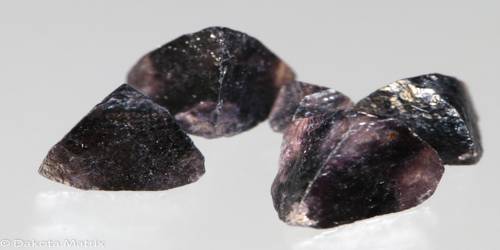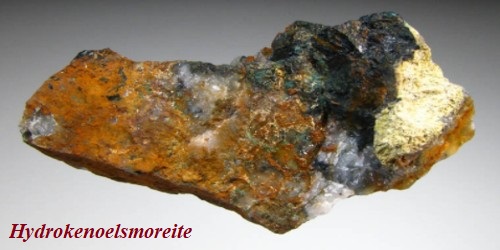Chambersite is a manganese borate mineral with formula: Mn3B7O13Cl. It is a member of the borate mineral series that includes other minerals such as ericaite, Fe3B7O13Cl, and boracite Mg3B7O13Cl. It is a rare mineral that can additionally be found in localities in China, Ukraine, and Canada.
When chambersite was first discovered, it was the second chemical analog of boracite to be found in nature. It was discovered as a mineral at Barber’s Hill salt dome in Texas in 1957 and in 1971 at the Dongshuichang deposit in Jixian, Tianjin, China. Chambersite occurs associated with the evaporite minerals halite, anhydrite, and gypsum.
General Information
- Category: Tektoborates
- Formula: Mn3B7O13Cl
- Crystal system: Orthorhombic
- Crystal class: Pyramidal (mm2) (same H-M symbol)

Properties
- Color: Colorless to deep purple
- Crystal habit: Pseudocubic crystals
- Cleavage: None
- Fracture: Subconchoidal to uneven
- Mohs scale hardness: 7
- Luster: Vitreous
- Diaphaneity: Transparent to opaque
- Specific gravity: 3.49
Occurrence
It occurs as pseudotetrahedral crystals in brine residue in salt dome extraction wells. Colorless to deep purple crystals that can darken upon exposure to sunlight. Associated minerals include halite, anhydrite, and gypsum.
Chambersite minerals were first found in 1957 in brine returns from a gas storage well in the Barber’s Hill salt dome and the age of the dome is not definitely known, but it is at least Cretaceous and probably upper Jurassic. Other chambersite deposits with this similar geologic occurrence can be found in the area of the Gulf Coast of Mexico. The Venice dome in Plaquemines Parish, Louisiana is a site that has a shallow piercement salt dome, LPG storage, and brine production.
Infoormation Source:
















